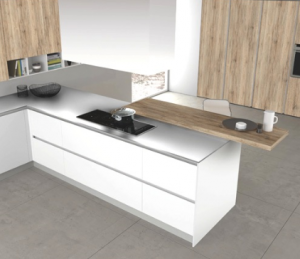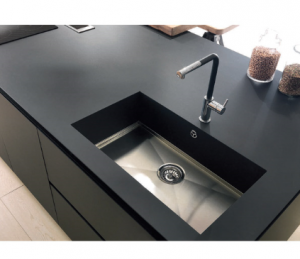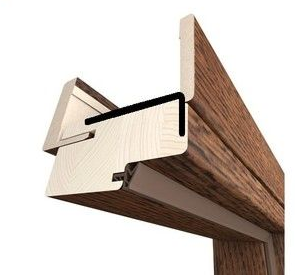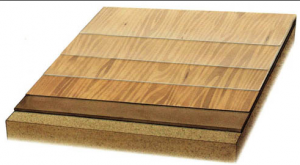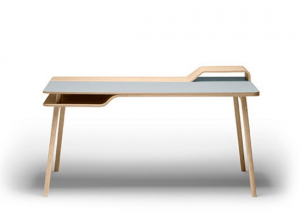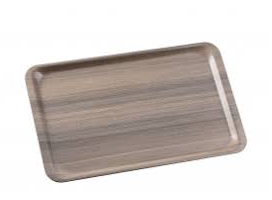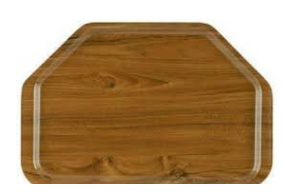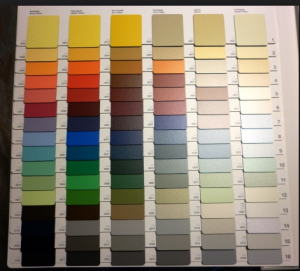In the furniture industry, in particular the Wood Base Panel (WBP) industry, the use of laminated paper is very common as a result of the enhanced workability of this particular type of laminate in normal industrial processes and the increased mechanical, decorative and durability performance of the final product.
Laminated paper is used mainly in kitchen and table top applications, and also in general decorative applications.
Two different laminating technologies may be used depending on the finished product requirements:
- Kraft paper is impregnated with a resol type phenolic resin, which acts as a support layer, and a second, decorative paper impregnated with melamine resin, which acts as the surface layer, are pressed together at elevated temperatures and under low pressures in a continuous process (Continuous Process Line (CPL)). This process is mainly used to manufacture thin laminates.
- Kraft paper is impregnated with a resol type phenolic resin as the support layer, and a second decorative paper, impregnated with melamine resin as the surface layer, are pressed in a multi-layer press with hot-cold cycles under elevate pressure – High Pressure Laminate process (HPL). This process is mainly used to manufacture compact laminates.
When compared with conventional melamine faced board, the melamine/phenolic laminated paper product offers enhanced mechanical and water vapour resistance properties, and more stable decorative surfaces over time. These performance characteristics make laminated papers ideal for use in the manufacture of furniture, kitchen surfaces and also technical applications such as laboratory & hospital table surfaces.

